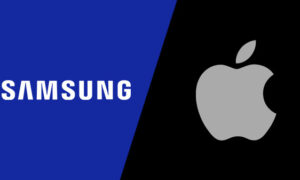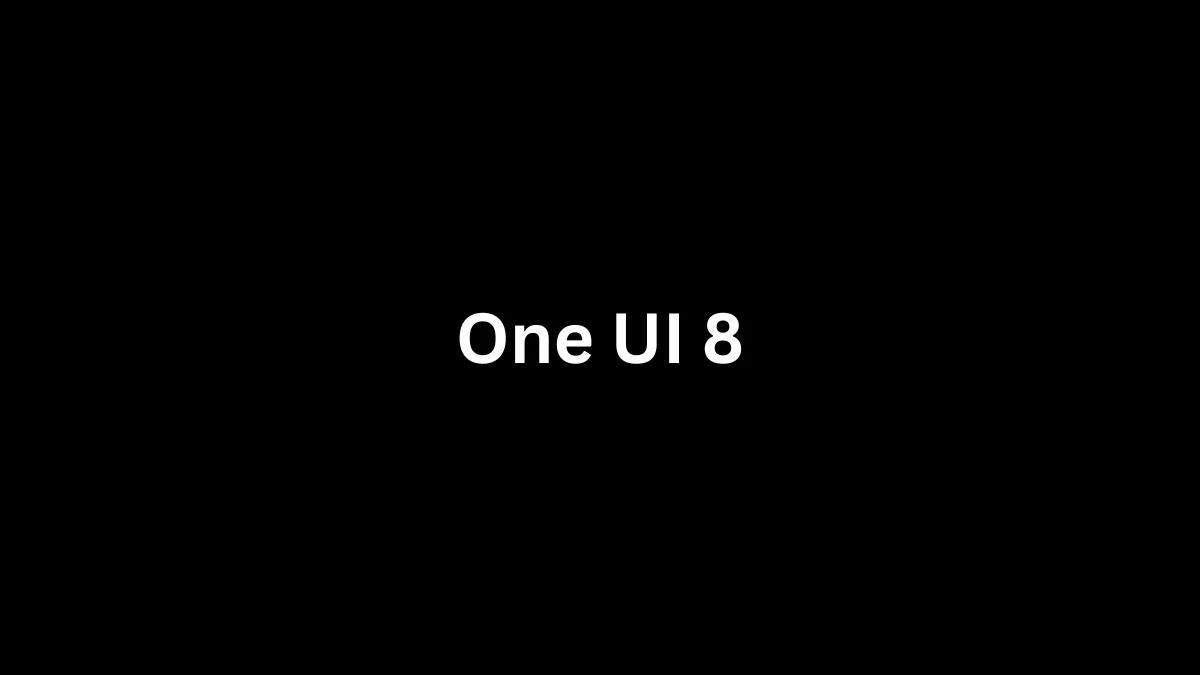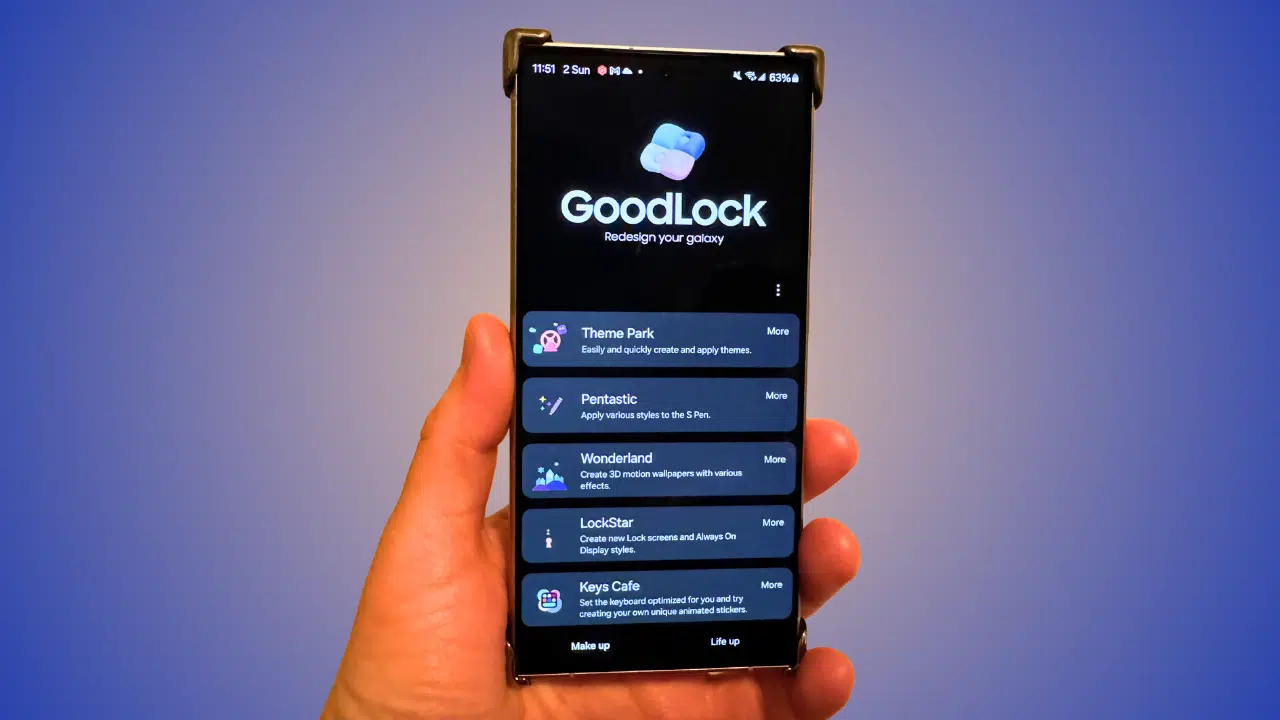We know that in Windows 10, the full screen of the software is not necessarily a real full screen-after all, there is a taskbar at the bottom of the screen. Although Win10 can also hide the taskbar, in this way, even if the software is not fully screened, the taskbar will automatically shrink, making it look uncomfortable. Compared with Apple’s macOS, the Dock underneath will be automatically closed when the software is on full screen. Can Win10 do this? It is indeed possible to use third-party tools.
This is an application from the Win10 store, directly installed and ready to use. In the taskbar, you can see its icon, right-click to configure it. The function of the Smart Taskbar App is not complicated, just keep it running in the default state.

There are only two options
Let’s take a look at the effect of the smart taskbar after installation. Below is the corresponding animation. After the window is full screen, the taskbar will be automatically hidden to achieve “true fullscreen”
As you can see, the smart taskbar is indeed very useful. When the window of software is maximized, the taskbar of Win10 will be automatically hidden and put away, giving the software more explicit space. When the software returns to the small window from maximized, the taskbar will automatically appear again, which is more flexible than the option to hide the taskbar in Win10 settings.
When using the software in the maximized state, if you want to call out the taskbar, it is also very simple. Just use the mouse to approach the bottom of the screen and the taskbar will automatically appear, as shown in the animation below.
Move the mouse to the bottom of the screen to call out the taskbar
In general, a smart taskbar is a very useful tool. If you usually feel that the full screen of WIn10 is not “full” enough, and you need more screen display area after the software is maximized, you might as well try it.
(via)









